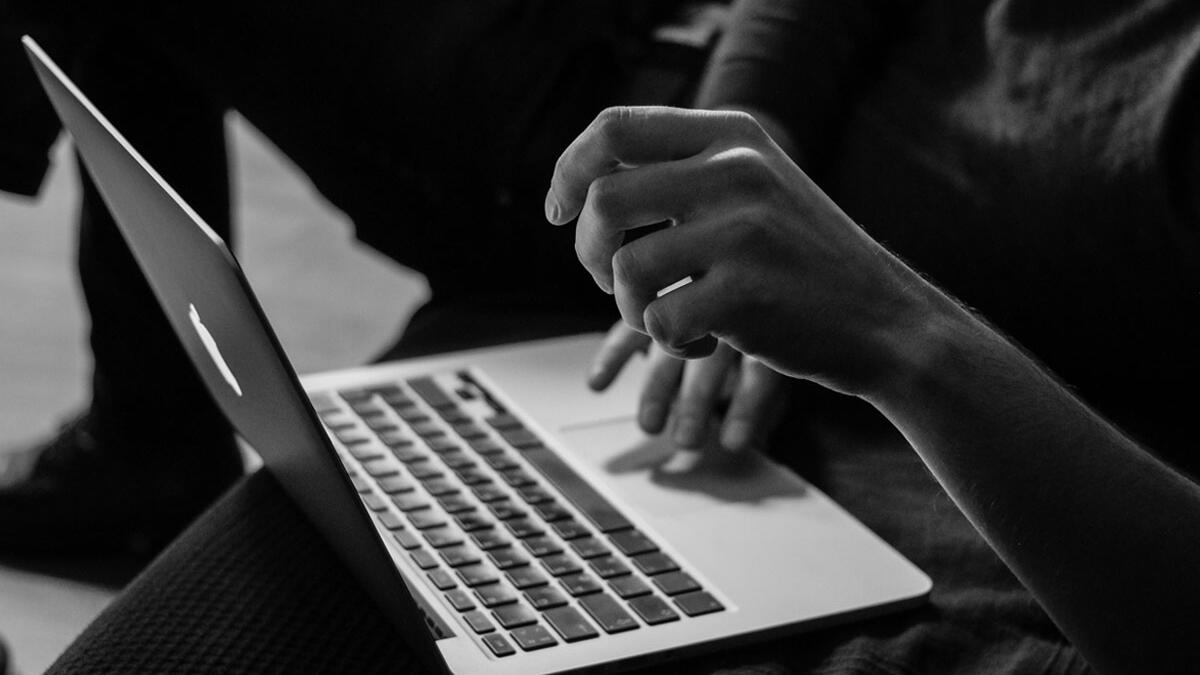How remotely proctored exam technology reduces student cheating
When it comes to the continued shift to digital assessments, apprehension remains among some educators that the technology used to run exams is much harder to monitor and makes it easier for students to cheat.
This hesitation only grew when remote online proctoring solutions became more prominent during the height of COVID. Many institutions feared that potential academic misconduct might be even more likely with such tools compared with the traditional scenario of students sitting in an exam room with a pen and paper under the watchful eye of human invigilators.
But the technology is increasingly catching on, even post-pandemic, and edtech companies have come a long way in reassuring educators about this issue and demonstrating the several in-built safeguards and features that are designed to prevent the possibility of cheating .
These safeguards were purpose-built to ensure exam fairness and security. Some are so sophisticated that they don’t even have a comparable equivalent in a pen-and-paper assessment context. In many cases, remotely proctored exam platforms have reached a point where they’ve even become an arguably safer option for controlling cheating versus traditional counterparts.
What is remote online proctoring?
Remote proctored assessments allow students to sit exams off-site from their educational institution – including in their homes – using a secure application, which usually runs on a standard internet browser. Remote proctoring swaps the traditional tools of a pen and a paper exam booklet with an on-screen interface, mouse and keyboard, and the in-person presence of invigilators with webcams, AI monitoring and automated proctoring.
The technology is specifically designed to prevent cheating and in some ways can actually surpass a human invigilator’s ability to monitor cheating behaviour.
Remote proctoring technology enables education delivery to continue uninterrupted from anywhere, under any circumstances, by allowing institutions to run exams that verify students’ knowledge or candidates’ accreditation status. An uninterrupted assessment calendar is critical to, for example, allowing students to progress to the next year grade or undergraduate degree year or earn a qualification.
The technology rapidly gained attention at the height of the pandemic, when it was instrumental in allowing university applicants to complete their entrance exams, despite being unable to physically get to the university building due to worldwide travel bans. Beyond the pandemic, it opens enormous business and education opportunities by effectively eliminating the needs for a bricks-and-mortar exam hall.
How remote proctoring technologies prevent cheating
As revolutionary as all those benefits sound, where does that leave our original concerns about controlling cheating and ensuring academic integrity? In order to be able to provide a viable solution for the world’s most prestigious education institutions and meet their considerable reputational and academic standards, edtech developers thought of virtually every possible cheating scenario when they designed remote proctoring software – and created anti-cheating features for every single one.
Visual ID verification of test-takers
Within a remote proctored exam scenario, ID verification is a key component of preventing cheating. It lets the examiner compare a test taker’s photo ID to their biometric profile, usually a facial scan, to ensure that the registered candidate is indeed the same one present at the screen to sit the test.
Computer functionality controls
As a powerful safeguard against cheating, remote exam proctoring software can monitor and even block a candidate’s access to their computer files, features, internet browser pages and software applications for the duration of the exam. The technology can even flag if a student is taking screenshots of their own computer screen, in order to steal the test content to pass onto other students.
AI-assisted monitoring of behaviour during exams
Most remote proctoring technology solutions, including Janison Remote, offer educators different levels of stringency for the secure monitoring and supervision of their remote online exams. Under some of these options, the entire exam session is recorded via the student’s webcam, while AI-assisted technology runs in the background and monitors and flags anything potentially suspicious. This can include:
- A 360-degree scan of the student’s room before they commence their exam. This prevents, for example the ability for students to place wall posters or open books around them that reveal answers
- Logging every time that the candidate leaves the room
- Identifying and logging if additional people enter the room
- Detecting if there’s any use of a mobile phone during an exam session
- Tracking test-takers’ eye and head movements for patterns that may indicate suspicious behaviour. For example, if they repeatedly look down this could be a flag that they’re reading from a contraband sheet of answers
When we consider the innate limitations of a human exam supervisor who must watch 20-30 students sit an assessment, it becomes easier to see why such software safeguards can arguably be even more stringent at preventing cheating than their in-person equivalents.
Human review of remote proctored assessment footage
On that note however, edtech providers also understand that in some situations, nothing can replace the discretion and intelligence of a human. On some rare occasions, the remote proctoring technology can be so stringent, it may flag behaviours during the test session that weren’t in fact indications of cheating behaviour.
Again, software makers have already foreseen this as a possibility. That’s why they’ve added a tool that enables discretion that only a human can provide in order to safeguard both the student, as well as the educational institution. After the whole remote online exam session is recorded via webcam and any flags have been logged by the software, a professionally trained invigilator is able to review the recording after the test to review any logged incidents and verify whether they indicate that the exam was compromised or that cheating took place. During this human review, the proctor can either follow up cheating behaviours or dismiss any occurrences that the AI flagged unnecessarily.
The combination of anti-cheating features with the added safeguard of a human reviewer means that educators can deter cheating and protect their academic reputation, while also being able to take advantage of the possibilities that remote exams offer.
Are you considering offering your students the option to sit exams remotely? Find out more about how Janison Remote can help you here.
About the author
Janison
Unlocking the potential in every learner
You might also like
Want to learn more about our tailored solutions?
Chat to one of our assessment or learning consultants today.
or call us on 1300 857 687 (Australia) or +61 2 6652 9850 (International)



